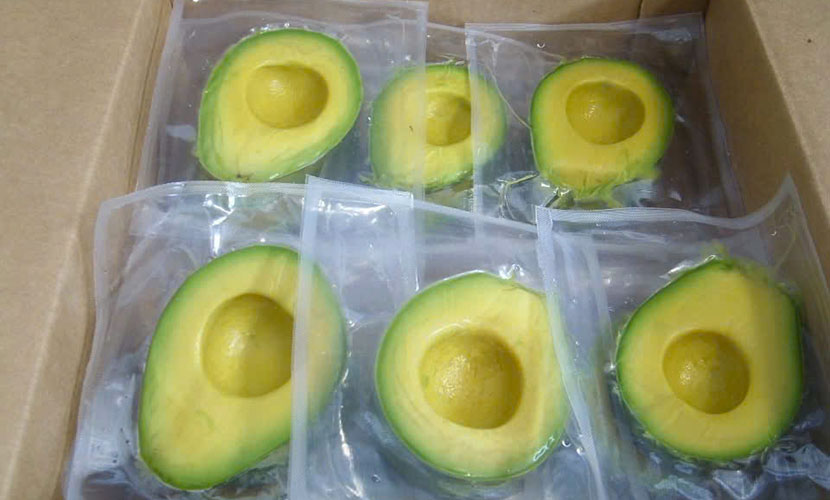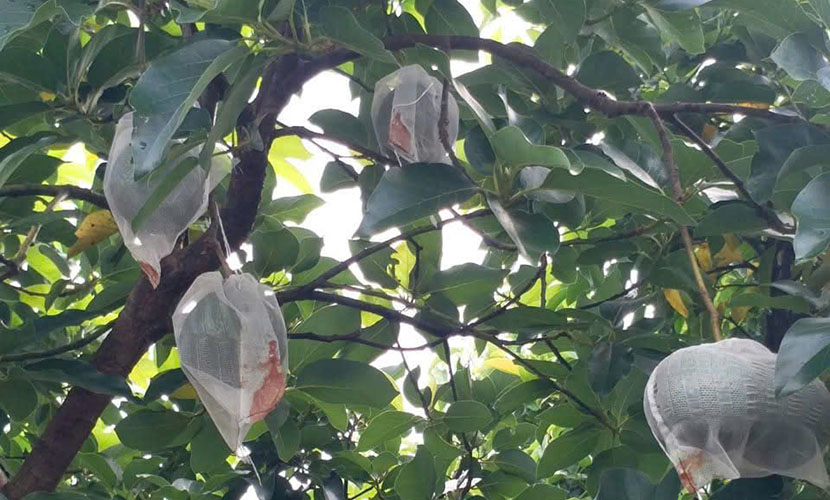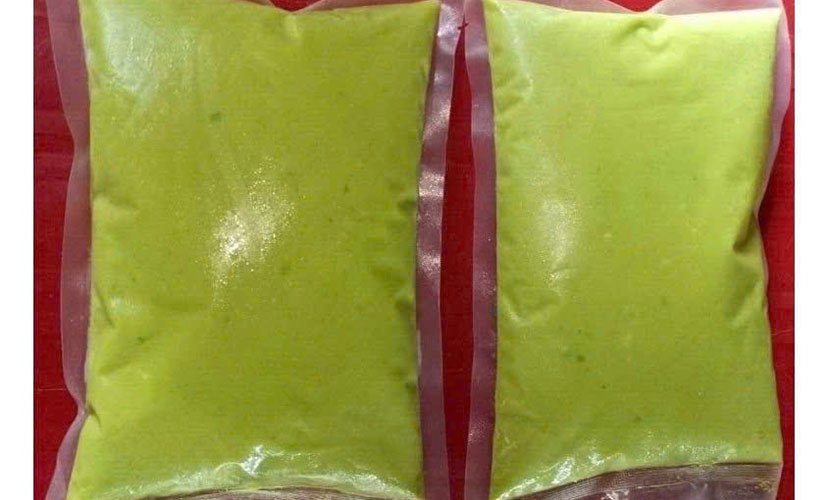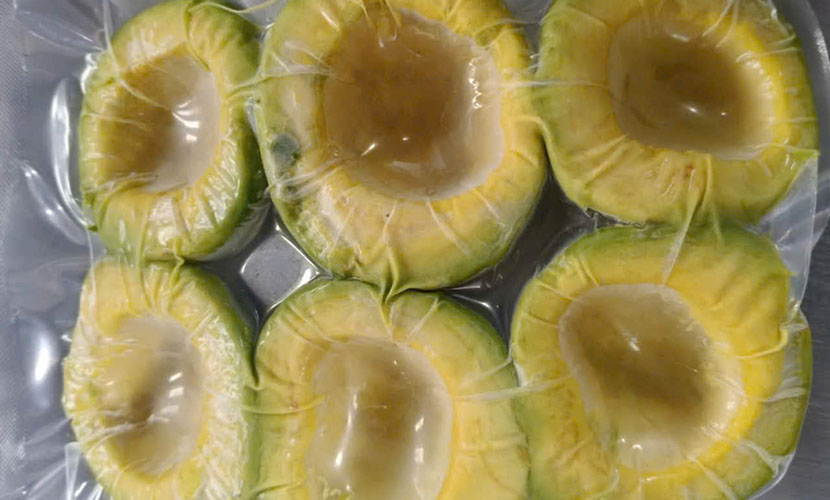
According to economic experts, Vietnamese avocados are comparable in both quality and yield to those from major avocado-exporting countries around the world. Although there is significant potential for growth, the export of avocados from Vietnam still faces many challenges.
In 2018, the global avocado market reached at $14 billion. Also, it will be possible to reach $23 billion by 2027, according to an estimate. Mexico remained the largest exporter, accounting for nearly 1.9 million tons (60%), followed by other South American countries.

Vietnamese avocados
Vietnamese avocados are a high-value fruit crop, primarily grown in the Central Highlands provinces. The total cultivation area are nearly 8,000 hectares, which continues to expand as farmers increase planting. Notably, Vietnam’s avocado trees are intercropped with coffee and pepper, initially showing high yields, good quality, and promising economic efficiency.
Dak Nong is one of the provinces with the largest avocado cultivation area and output in Vietnam. The province has a cultivation area of nearly 2,600 hectares. Of this, more than 700 hectares are cultivated as monoculture and nearly 1,900 hectares are intercropped. The average yield ranges from 10 to 15 tons per hectare.
Vietnamese avocado trees are easy to grow, have few pests and diseases. Also, they require only one-third of the care costs compared to other perennial crops. With stable avocado prices over the years, each hectare can generate an annual income of 500 million VND.

Fresh avocado from Vietnam
Thanks to favorable terrain, climate, and soil conditions, many avocado varieties in Dak Nong can harvest almost year-round. They can generate high yields as other varieties such as Cuban avocado, 034, Booth, Hass, and butter avocado (bơ sáp). Additionally, Dak Nong avocados are famous for being larger, creamier, having a deeper yellow flesh, and more attractive appearance. As a result, they are popular with consumers.
Vietnamese avocados generate significant income for local farmers. From the fifth year onward, the yield can reach 25–30 tons per crop per hectare. Prices range from 30,000 VND to 100,000 VND per kilogram for premium varieties.
Dak Nong has planned and oriented the development of specialized avocado cultivation zones while gradually reducing intercropped and spontaneously planted areas. Since June 2017, the province has been working with 66 households cultivating over 700 hectares of avocados under Vietgap and Globalgap standards to target export markets.

Vietnamese avocado trees
Among import countries, the United States is one of the major import makets of Vietnamese avocados. This is a significant opportunity for Vietnamese fruit and vegetable exporters in the near future.
Mr. Ha, Head of the Plant Quarantine Division, stated that most avocados in the United States are consumed through major supermarket chains. Therefore, the import requirements for avocados are extremely high. Local distributors should control every stage of the supply chain, from production to distribution. Exporting enterprises of avocados must also ensure they possess all necessary quality certifications.
Mr. Ha added: “Vietnamese avocados currently have many varieties that can harvest almost year-round. However, the commercial value of Vietnam’s avocado exports remains low due to limitations in applying scientific and technical advances. Moreover, small-scale production and the lack of established brands and geographical indications are other reasons”.

Vietnamese avocado bags
To solve these issues, Mr. Ha believes there needs to be close coordination among growing regions, farmers, and agricultural export enterprises. Additionally, Vietnam should seek high-quality, high-yield, and tasty avocado varieties, and develop effective marketing strategies.
Agreeing with this viewpoint, Ms. Vy, a director of a avocado export company in Vietnam, said the biggest challenge in avocado production is preservation. It is difficult to preserve fresh avocados because the shelf life is five days only. Therefore, most export companies proceed frozen avocados to ship to importers.
In the discussion, Ms. Vy added that the company has exported some orders to China, Taiwan, and Australia and received positive feedback. However, to enter demanding markets such as the U.S. or European countries, she said, “it is not a simple story and requires very serious, systematic investment.”

Frozen avocados from Vietnam
Ms. Vy mentioned the High Pressure Processing (HPP) technology recently successfully applied in the U.S., which helps avocado-processed products retain flavor, nutrients, freshness, and simultaneously extend shelf life. If this technology is applied in Vietnam soon, it will solve one of the biggest challenges for avocados so far.
To ensure quality avocado sources, the company has sought to connect with farms or growing areas in Daklak and Dak Nong provinces following Vietgap, Globalgap, and even organic standards, ensuring proper techniques in all stages from selecting varieties, planting seedlings, caring for trees, harvesting, to post-harvest handling.
Vietnamese source: https://ge1.com.vn/vi/trien-vong-trai-bo-xuat-khau/
